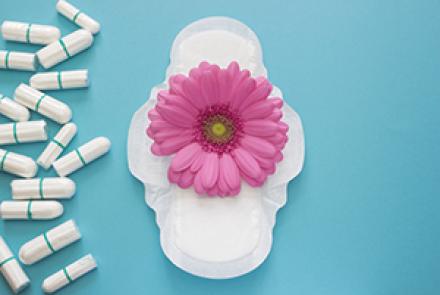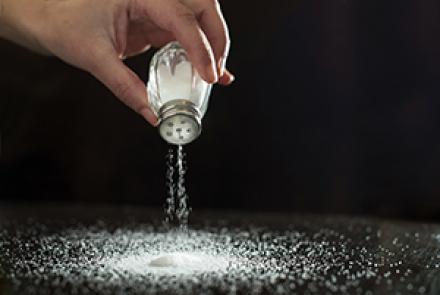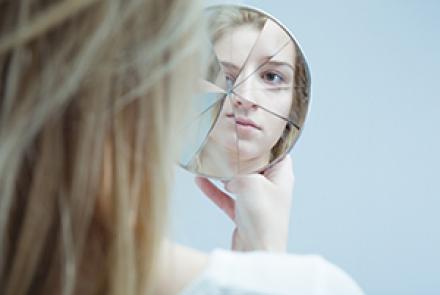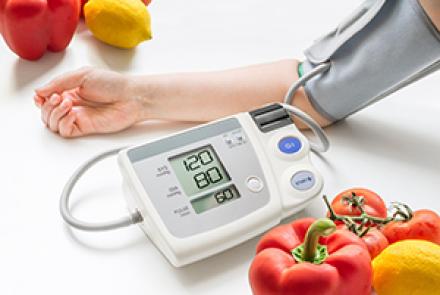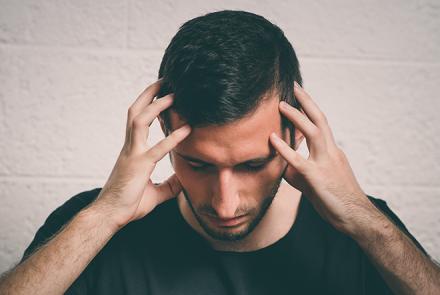World Brain Tumour Day
Primary brain cancers account for 2% of all cancers and represent about 20% cancer deaths per year. Dr. Suresh Sankhla, Consultant Neurosurgeon emphasises that increased awareness about brain tumours can result in early diagnosis, prompt treatment, and excellent outcome.
What are the common signs and symptoms of brain tumour?
Following are the most common symptoms of brain tumours, which may be present in various combinations. All symptoms are initially very mild but…
Latest Stories
- This time in our Health by Numbers/Medical Tests series, Dr Shital Raval takes a look at the importance of Potassium levels in the electrolyte panel. Read the first part on Sodium Levels POTASSIUM: Potassium is both a mineral and electrolyte. It is important for heart, muscle, digestive and nerve functioning. The potassium test is often part of a routine or done to check on the electrolyte balance of the body. The best sources of potassium are: Leafy greens such as swiss chard,…
- #MenstrualHygieneDay Menstrual hygiene is of utmost importance and the need for awareness of sanitation and cleanliness for this period for adolescent girls and women worldwide is even more so. 28th May is observed as Menstrual Hygiene Day worldwide as a reminder to the need to handle menstruation in a healthy way. The specific challenges that women and girls face differ widely, as per social norms, customs, education, geography of the region they live in as well as socio economic factors. Yet…
- This time in our Health by Numbers/Medical Tests series, Dr Shital Patel takes a look at our electrolyte levels in our blood. An electrolyte imbalance, commonly caused by loss of body fluids through prolonged vomiting, diarrhoea, sweating or high fever, can result in various health disorders, like restlessness, anxiety, kidney diseases or even cardiac arrest. An Electrolyte Panel is a blood test that measures the common minerals in the body such as sodium, calcium, chloride, magnesium,…
- Severe mental illness like Schizophrenia and Bipolar Disorder can get better with appropriate care. But when it begins to raise its disturbing head again in a person, it tends to have a few telltale signs. Tanya Dutt, founder of AtmaNirbhar explains how it is important for an employer to recognise and manage these situations at a workplace. Work is an important part of our lives and well being and is a key factor in the recovery of a person battling a mental health issue like Schizophrenia. For…
- Schizophrenia is one of the ten most disabling illness affecting individuals. Manisha Shastri answers some of the common and frequently asked questions that people have about Schizophrenia. Schizophrenia is a mental illness affecting 1 per cent of the global population. It affects individuals irrespective of gender, race, age, socio – economic class and geographical location. The World Health Organisation (WHO) has listed Schizophrenia as one of the ten most disabling disorders affecting…
- Hypertension has few symptoms, and often none. Yet, it becomes a lifetime companion after detection, requiring care and often medication, without which it runs the risk of turning serious. Dr. Shital Raval busts common myths and misconceptions here: It only happens to old people! High blood pressure is not a problem that is only associated with old people anymore! Young people these days are also suffering from blood pressure problems. According to WHO (World Health Organisation), one…
- Palliative care at home can be best executed if certain preemptive measures are taken in a disciplined manner to avoid pitfalls and also to ensure comfort and peace for the person with a condition, says Usha Ravi Palliative care at home can be custom-made for many seriously and terminally ill patients, which ensures tender loving care with comfort and dignity in their own familiar environment. Provision of such compassionate care doesn’t hasten death, but rather enables an individual to live…
- And other such questions on Migraine addressed by Dr Amit Haldar, Head of Neurology at Medica Superspeciality Hospital, Kolkata. He also tells us about the role of triggers and the best way of avoiding migraines. Is migraine the same thing as a common headache? If not, how does it differ? Migraine is an episodic hemicranial (one-sided) throbbing headache. It has got definite diagnostic criteria that include intolerance to light and sound. There may be associated issues like nausea and vomitting…



